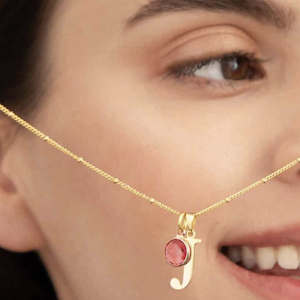Women as Furniture
By Jo Phillips
Since mankind’s earliest years, art has been inspired by the human body. From the pre-historic ‘Venus’ figurines to portraits of corseted noble ladies, creativity appears to have much help from the female image. The 20th Century saw huge loosening of censorship which meant more eroticised portrayals could be made available, such as pin-up postcards sent to soldiers during combat. Bettie Page, for example, achieved huge success for the way her sexuality was portrayed in photographs.
Other types of design, however, have mostly found their way through history without referencing anatomy, sexualised or not. We emphasise mostly. There have been (famous) exceptions of (usually) female bodies being used as models for furniture. The most famous examples are the tables or commodes with feminine, high-heeled legs instead of straight wooden ones. Kitsch and slightly erotic, these designs have hurled sexualised creativity into 3D, real life effect.
The artist Allen Jones has experienced both praise and notoriety for his sexually charged work. Commonly associated with the Pop Art movement, Jones’ work is colourful and provocative. One of his most famous pieces is the sculpture titled Chair, in which the ‘body’ of a young, beautiful woman has been placed on her back, legs curled upwards with a cushion placed on her thighs. The unveiling of Chair was met with accusations involving the objectification of women. Jones himself explained that the sexual nature of the art arose as a reaction to the sexual liberation Britain had during the 1960s. Although it cannot be denied that the 60s certainly saw the shortening of skirts, Jones’ sculptures have been bondage-inspired, taking the sexuality by hand into fetishist territory.
Lebanese-Armenian interior designer Vick Vanlian has apparently been inspired by Allen Jones. Vanlian’s Private Session Collection showcases a range of furniture inspired by feminine beauty, primarily featuring their legs. Bright, bold and modern, you can view more of his work here 




